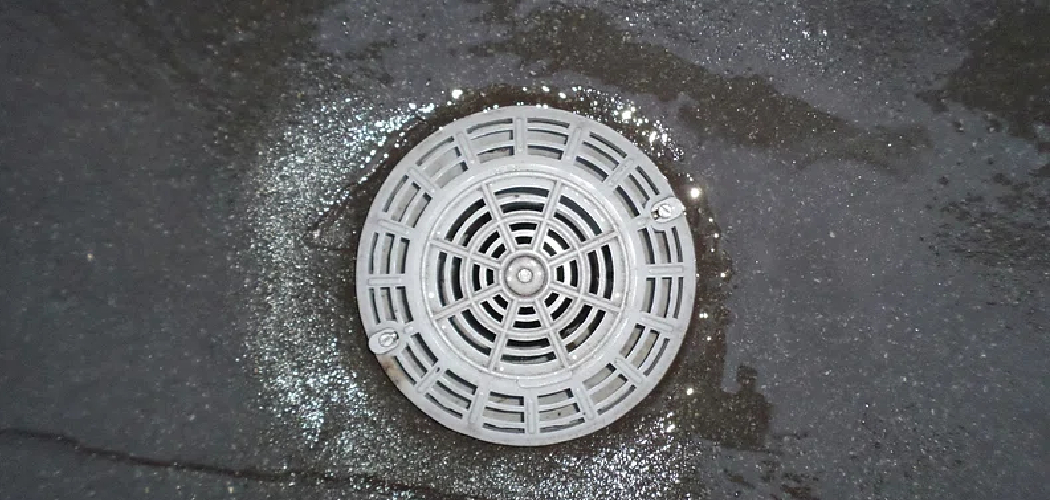Floor drains can be a homeowner’s worst nightmare. When these handy little drainage systems back up, they’re inconvenient and a potential health hazard. Plumbing problems can be tricky, especially if you’ve never encountered one. It may seem intimidating, but unclogging your basement floor drain doesn’t have to be difficult.
But Take, for instance, solving a clogged floor drain in your basement: it can be both frustrating and confusing how exactly you should tackle the problem. Well, fear not; In this blog post, we’ll walk you through the steps of how to unclog a floor drain in basement.
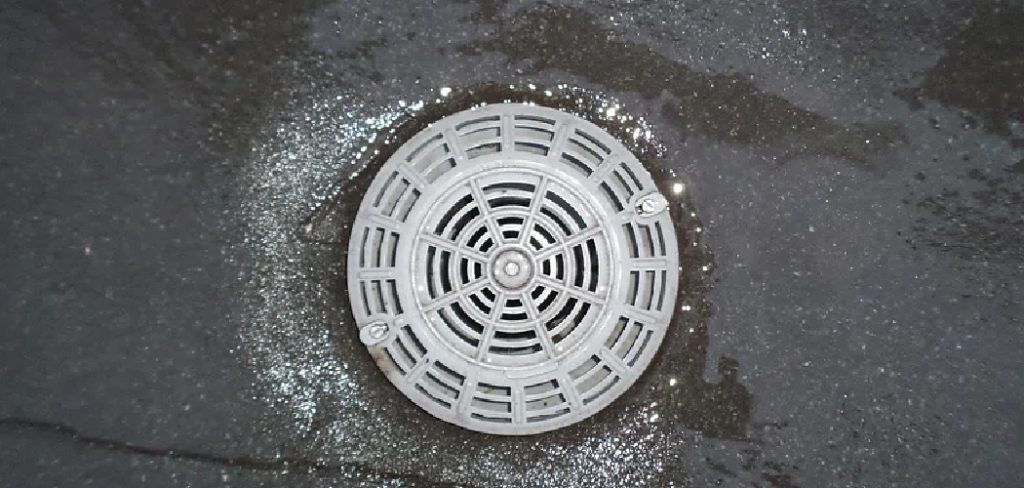
From gathering the right supplies and preparing the area for work to figuring out what’s causing the clog and getting it fixed, this guide will give you all of the information you need to help get your home’s plumbing system flowing freely once again!
Necessary Items
Before you start trying to fix your clogged floor drain, there are a few items that you will need:
- A bucket or large container
- Rubber gloves
- A plunger
- A plumbing snake (also known as an auger)
- Baking soda and vinegar or a drain cleaning product
Once these items are gathered, you can begin unclogging your floor drain.
10 Steps on How to Unclog a Floor Drain in Basement
Step 1: Preparing for Work
First things first, make sure to put on your rubber gloves. This will protect your hands from any bacteria or debris that may be present in the drain. Next, you’ll want to place your bucket or large container under the floor drain to catch any water or debris that might come out.
Step 2: Identifying and Clearing the Clog
Now it’s time to figure out what’s causing the clog. If you can see any visible blockages, such as hair or debris, use your gloved hand or a pair of pliers to remove it. If there is no visible blockage, move on to the next step.
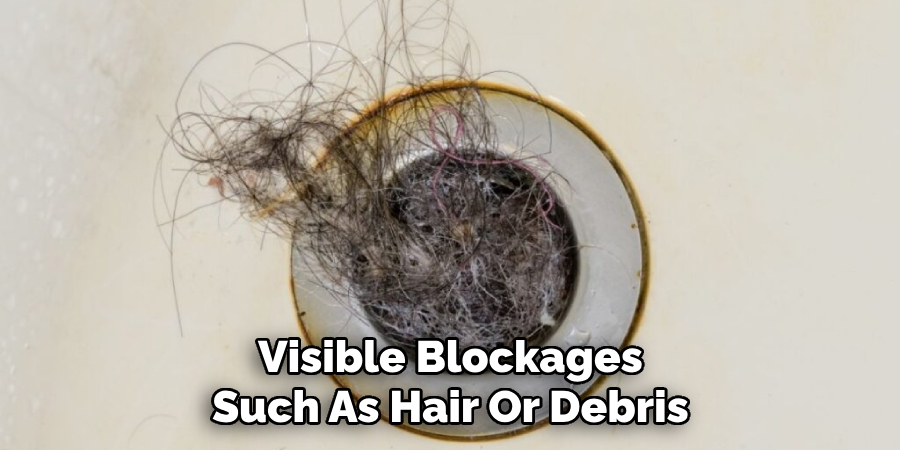
Step 3: Plunging
Use a plunger to try and loosen the clog. Cover the drain completely with the plunger and push down and pull up repeatedly until you feel movement in the water. This should help to break up any clogs that may be further down the drain.
Step 4: Using a Plumbing Snake
If plunging doesn’t work, it’s time to use a plumbing snake. A plumbing snake is a long, flexible tool with a spiral end that can reach deep into your drain and pull out any blockages. Insert the snake into the drain and turn it clockwise as you push it forward. If you encounter resistance, twist the snake to try and break up the clog.
Step 5: Attempting a Natural Solution
If a plunger or plumbing snake doesn’t work, you can try using a natural solution to help break up the clog. Pour half a cup of baking soda and half a cup of vinegar into the drain. Let it sit for 30 minutes, then pour a pot of boiling water down the drain to help flush out any blockages.
Step 6: Trying a Chemical Drain Cleaning Product
If all else fails, use a chemical drain cleaning product. Make sure to follow the instructions on the product carefully and use it as directed.
Step 7: Checking the Main Sewer Line
If you’ve tried all these methods and your floor drain is still clogged, it could be an issue with your main sewer line. In this case, it’s best to call a professional plumber for help.
Step 8: Maintaining Your Floor Drain
It’s important to maintain your floor drain properly to avoid future clogs. This includes regularly removing any visible debris or hair and regularly flushing the drain with hot water.
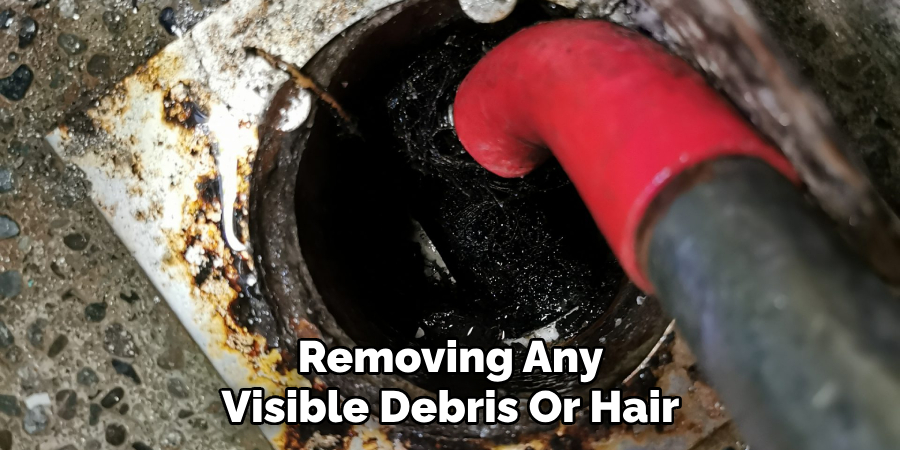
Step 9: Avoiding Common Clog Causes
To help prevent clogs in the future, avoid common causes like pouring grease, oils, or food waste down the drain.
Step 10: Regular Plumbing Inspections
Regular plumbing inspections can help catch any potential clogs or issues before they become a bigger problem. Consider scheduling an annual check-up with a professional plumber to keep your plumbing system in shape.
Clogged floor drains are an annoying and unpleasant problem, but with the right tools and techniques, you can unclog them yourself. Following these steps and properly maintaining your floor drain can keep your basement free from potential plumbing issues.
And remember, if you encounter a clog you can’t handle on your own, don’t hesitate to call the professionals for help! So go ahead and confidently tackle that pesky floor drain clog – your home will thank you!
8 Care Tips for Floor Drain in Basement
1. Regularly Clean the Drain Cover
Regularly remove any debris or hair that may collect around the drain cover. This will help prevent clogs from forming.
2. Use a Mesh Cover
Consider using a mesh cover over your floor drain to catch any debris or hair before it can enter and potentially clog the drain.
3. Flush with Hot Water
To help keep your floor drain clear, regularly flush it with hot water. This will help break down any build-up and prevent clogs from forming.
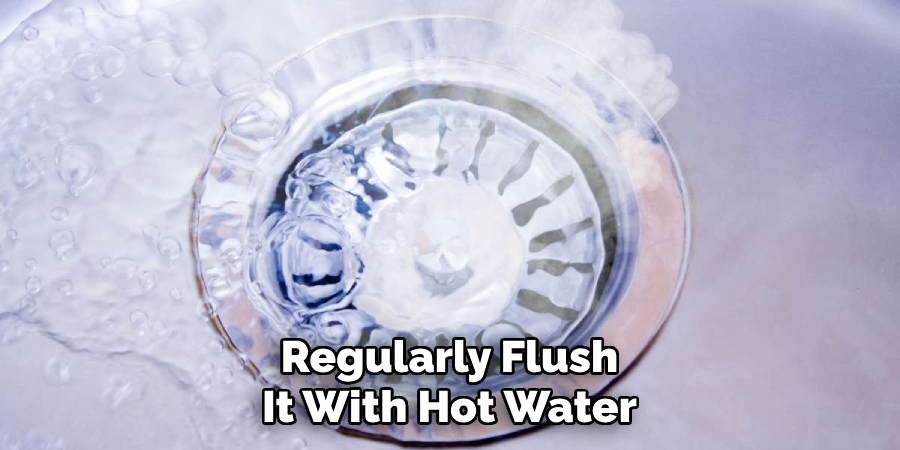
4. Avoid Pouring Grease or Oils Down the Drain
Grease and oils can easily solidify in your drain, leading to clogs. Make sure to dispose of them in the trash instead properly.
5. Install a Backwater Valve
A backwater valve can help prevent sewage from backing into your basement through the floor drain. Consider installing one for added protection.
6. Use Enzyme Cleaners
Enzyme-based cleaners can help break down organic material in your drain, keeping it free from clogs and odors.
7. Schedule Regular Plumbing Inspections
Regular plumbing inspections can help catch any potential issues with your floor drain before they become a bigger problem.
8. Consider Professional Drain Cleaning Services
If you’re experiencing frequent clogs or have a particularly stubborn one, consider hiring a professional for thorough drain cleaning services to keep your floor drain functioning properly. So follow these tips to maintain a clear and functioning floor drain in your basement. With proper care, you can prevent clogs and avoid potential plumbing issues in the future. Remember these tips and say goodbye to pesky floor drain clogs for good!
FAQs About Floor Drain Clogs in Basement
Q: What Causes Floor Drains to Clog?
A: Floor drains can become clogged due to a buildup of hair, debris, grease, or other materials accumulating over time. They can also become clogged by foreign objects accidentally falling into the drain.
Q: How Can I Tell if My Floor Drain is Clogged?
A: Signs of a clogged floor drain include slow-draining water, gurgling noises, foul odors, and water pooling around the drain.
Q: Can I Use Chemical Drain Cleaners on my Floor Drain?
A: While chemical drain cleaners can effectively break up clogs, they can also damage your pipes and should only be used as a last resort.
Q: How Often Should I Clean My Floor Drain?
A: It’s recommended to clean your floor drain at least once every few months or more frequently if you notice any signs of a clog.
Q: Can I Unclog My Floor Drain Myself?
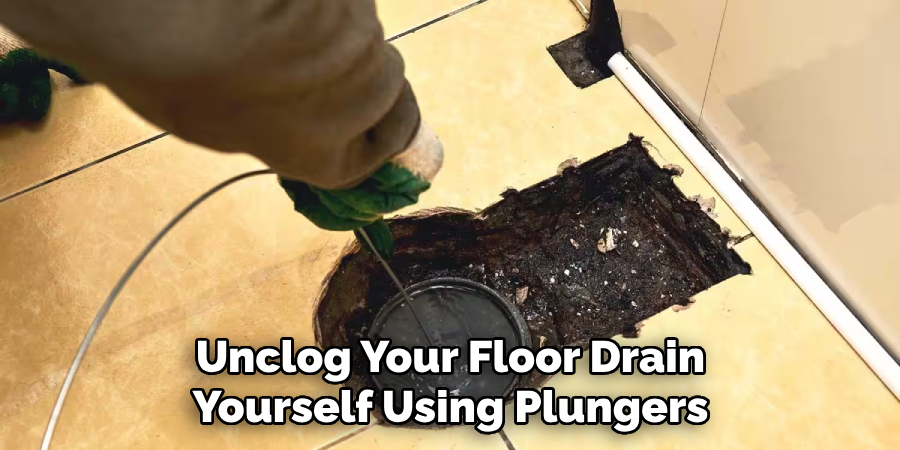
A: Yes, you can unclog your floor drain yourself using plungers, plumbing snakes, natural solutions, or chemical cleaners. However, it’s best to call a professional plumber for persistent clogs or issues with the main sewer line for assistance.
So ensure to properly maintain and clean your floor drain to avoid clogs and potential plumbing issues in the future! Remember these tips and say goodbye to pesky floor drain clogs for good!
You can keep your basement free from unwanted water backups and odors with proper care. And remember, if you encounter a clog you can’t handle on your own, don’t hesitate to call the professionals for help!
Conclusion
Dealing with a clogged floor drain in your basement can be a frustrating and unpleasant experience. However, you can easily clear the clog with the right tools and techniques. Remember to maintain your drain and avoid common clogs regularly like pouring grease or oils down the drain. If all else fails, don’t hesitate to call in a professional for help.
By following these steps and tips on how to unclog a floor drain in basement, you can keep your floor drain clear and prevent any potential plumbing issues in the future. So go ahead and tackle that clog with confidence – your basement will thank you!
And remember, regular maintenance is key to keeping your plumbing system in shape. With these care tips for your floor drain, you can avoid clogs and ensure the proper functioning of your basement drainage system.
